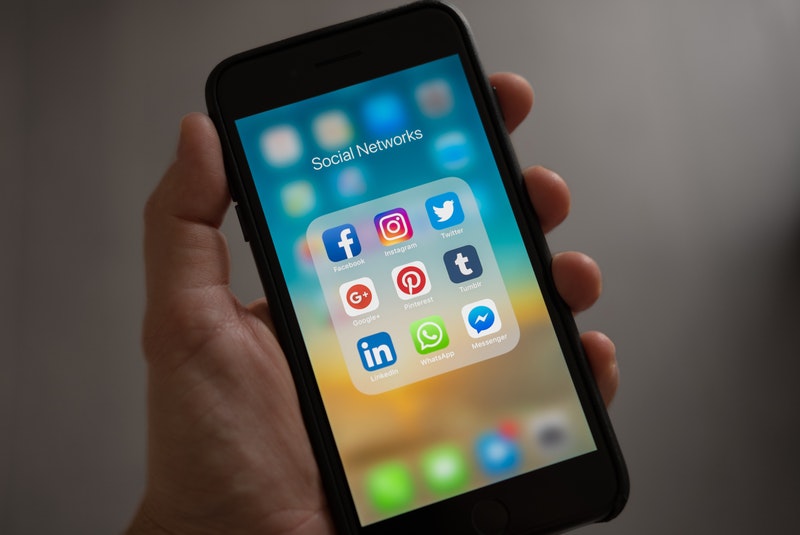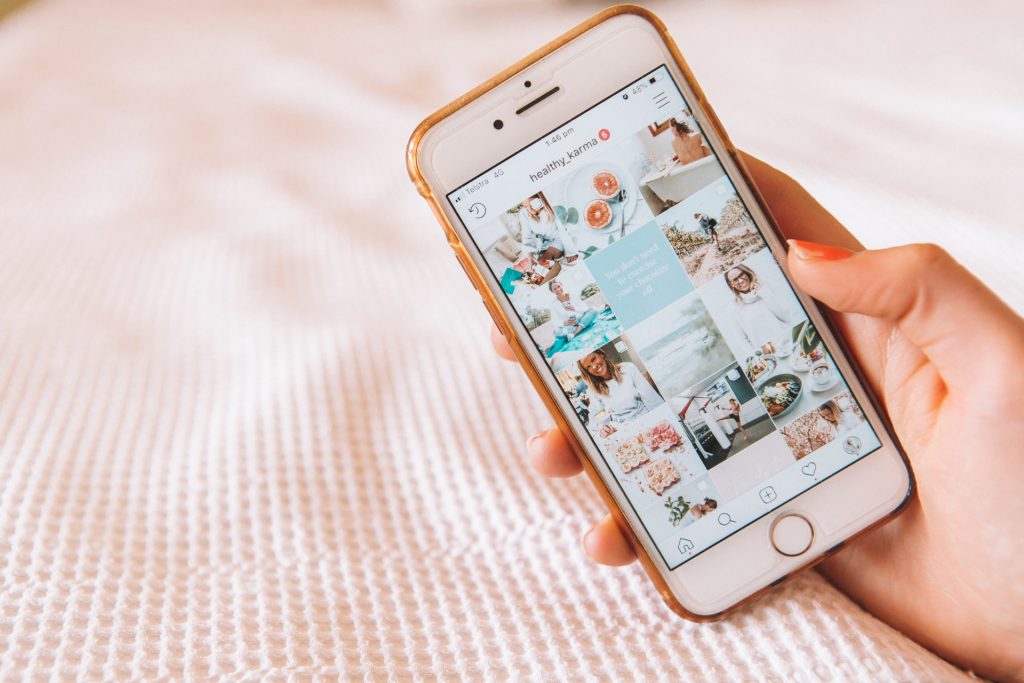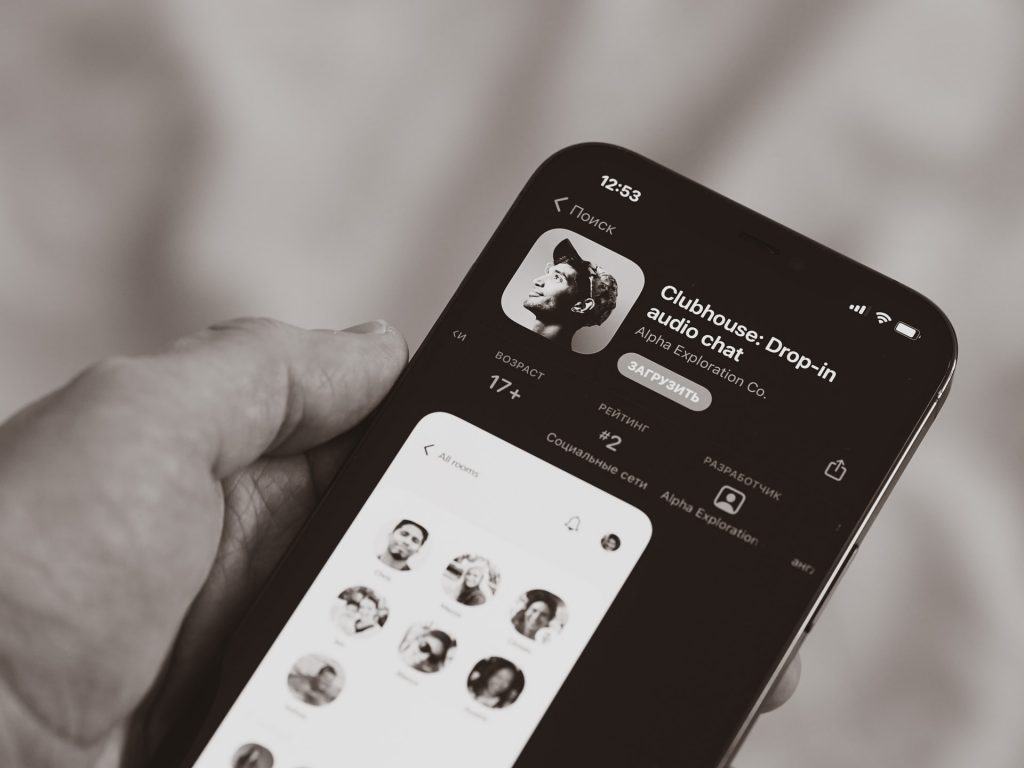Now that you’ve crafted your Personal Brand Story, you need a platform to tell that story and be visible. In our digitally-driven world, the more presence you have online and on social media, the higher visibility you get. Of course, each platform has its own demographic and user behaviour. It’s good practice to think about which platforms suit your personal brand and business. Here are some of the main platforms to be present on, and some things to consider for each.
As we know, LinkedIn is an online platform that connects professionals from all over the world, usually from the corporate sector. LinkedIn users are usually people who intend to hire, job hunt, grow their business network, and position themselves as thought leaders. It’s a place where people feel comfortable starting conversations about business and career and growth openly.
Our tips:
Make sure your LinkedIn profile is complete. Use LinkedIn to network with potential collaborators for projects or who share similar work values as you do.
Take a genuine interest in their work and who they are. Start a conversation, comment on other conversation threads, and don’t hard sell.
Give your time and expertise. Remember LinkedIn is a place where people offer value.

Photo by Tracy Le Blanc from Pexels
Facebook has become so much more than just a place to keep up with your friends’ lives. Many entrepreneurs of small businesses use Facebook to grow their network, market their products and services, and build a community of advocates whether on their personal page or business page. Facebook is the most-used social media platform in the world so you get to reach a wider demographic here.
Our tips:
Use powerful visuals in your posts. Whether you’re reposting content or creating your own, make it stand out on everyone’s neverending feed. Both Facebook and LinkedIn are great platforms for personal content marketing. This involves writing and publishing value-adding articles relating to the service you provide or the industry you’re in. Readers who are interested in what you have to say or provide, can easily connect with you.

Photo by Maddi Bazzocco on Unsplash
Instagram is like the fun cousin of Facebook. It’s where you get to expand your creativity and communicate in extremely visual ways. IG Stories is a great way to introduce yourself, show people what you’re up to in real time – stripped of all the stage lights. It’s a platform that makes you real, relatable, and closer to the people whom you want to be connected with.
Our tips:
Keep your content consistent and don’t compromise on high quality visuals.
Instagram recommends accounts that are similar to each other within a user’s interest. So when you are consistent with your content, it makes it easier for Instagram to include you in that recommended list and bring interested people to you.

Photo by Dmitry Mashkin on Unsplash
Clubhouse and Twitter
Although Clubhouse is new (for iOS users at this point) and Twitter has been around for 15 years, we would recommend exploring both for brand positioning. Both are useful in building your brand as a thought leader in your industry.
Our tips:
Get a conversation going and be actively involved in other ongoing group discussions relating to your interests and concerns. Share knowledge and seek to learn.

Photo by Kaitlyn Baker on Unsplash
A website and blog
While social media is important to maintain daily activity online, it does help to have a more permanent space online. A website gives people a place to go to and see how everything about you comes together. It’s a portfolio of your work, giving your more credibility in who you say you are. It’s also great for SEO marketing. Keep a regular blog on the website and encourage people to subscribe to your mailing list (and then make sure you do have a regular email newsletter to send out).
A Media Kit
A media kit is commonly used by well-established companies that are commonly covered in the news media. It’s a compilation of information about the company that’s available on the company’s website so journalists and reporters can quickly access accurate and factual information without needing to look through the entire website. Likewise, when your personal brand becomes more established, you may want to consider providing a media kit on your website. It should consist of a professional headshot, a handful of downloadable images of yourself for magazine articles or promo material, your profile write up, awards and recognitions, previous speaking engagements, statistics on the impact you’ve made, brands and personalities you’ve worked with, and contact details.
You’ll need a series of professionally photographed headshots and lifestyle photos for your website, media kit, and for social media content too. In fact, why not go a step further and introduce yourself through a short video on your website?





